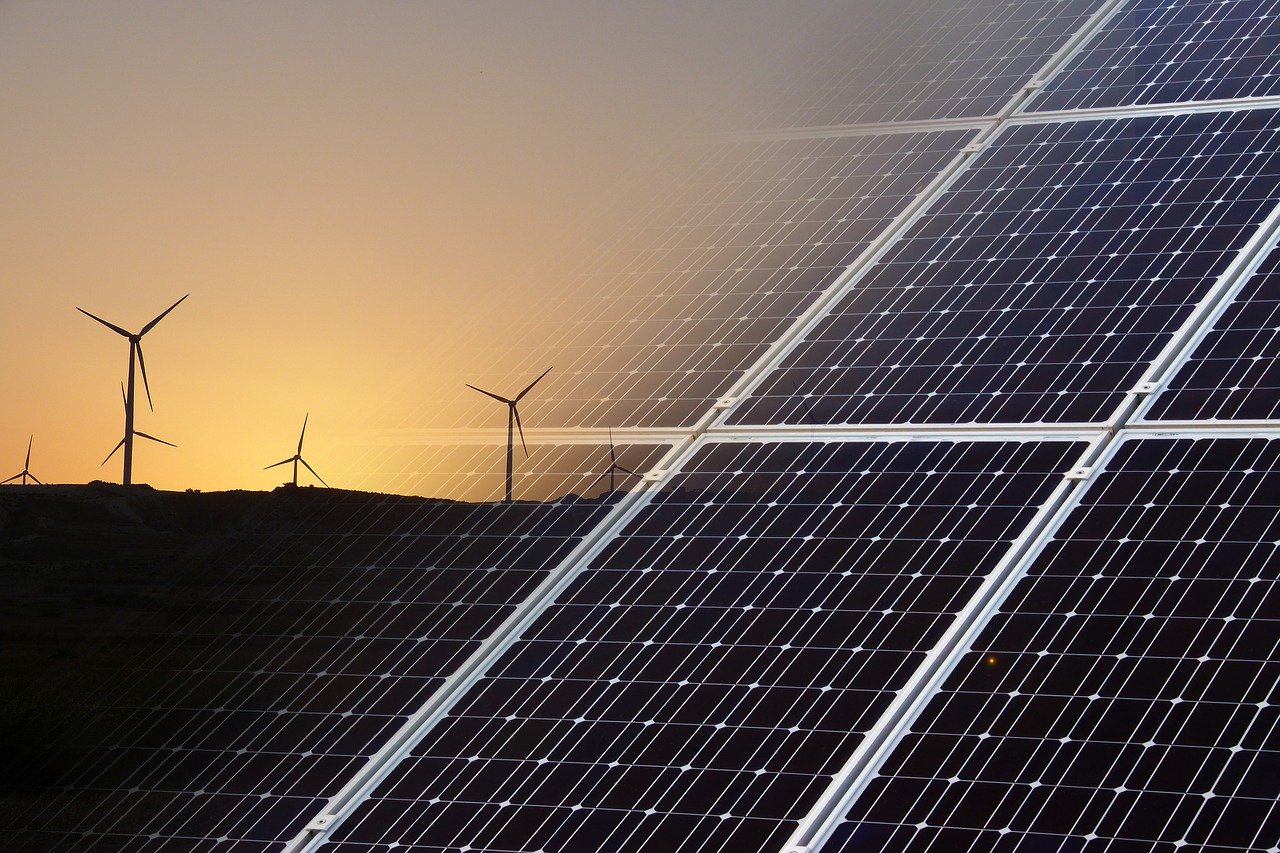Green and lean: smart ways retail, and CRE, can clean up its act
Green and sustainable retail has been a talking point for at least two decades, but it has previously been characterized as “unachievable” and even “unaffordable” with some of the big brand retailers detailing how they experienced push back from consumers as greener principles led to increased prices, especially in the early 2000s.
This is, however, a very different conversation today in 2021, with Gen Z and younger millennials sustainability-minded. There is a long-overdue green movement in retail, and adoption is often rewarded with customer loyalty.
So how can you make your retail greener and leaner, and how can we in commercial real estate (CRE) [FL1] help you in that sustainability journey?
The Youth (And Tenants) Will Lead Us
Reams of research agrees, the youth want greener retail. A Nielsen report from 2015 (which already seems an age ago) found that almost three-quarters (73%) of millennials say they will pay more for sustainable goods. And FirstInsight’s 2018 study found that 62% of Gen Z shoppers prefer to purchase from brands that are seen as sustainable.
Another side to this that catches less headlines is the push from retail tenants themselves who are increasingly including sustainability as a requirement for premises. This is also of concern to investors and governments, according to Deloitte, and developers and owners are increasingly having to comply with “green leases” that outline specific green parameters.
The Deloitte report “Breakthrough for sustainability in commercial real estate” says: “CRE owners, on their part, need to keep pace with tenants’ green demand. The report also quotes real estate economist and professor Norman Miller who says “the large publicly traded retail tenants are the ones that are forcing more sustainable features in buildings and more efficient management.”
Going Green
There are innumerable ways to tweak business models towards sustainability, and not all will work for every retailer, but generally we see a strong preference from customers for goods with reduced packaging, recyclable packaging, and local input.
Fast fashion brands have been criticized for their contribution to cheap, single-season clothing, and many of the smarter ones have pivoted in response. One way is to produce and push a clothing sub-brand that consumers can buy with confidence – such as H&M’s Conscious Collection.
On a destination level, consumers are also responding well to efforts to make developments more energy-efficient through the use of solar and wind energy, and – to a lesser degree – venues that host brands associated with clean and green principles (brand trust). A recent IBM paper finds that “purpose driven consumers” are on the rise, with “nearly 6 in 10 consumers (57 percent) are willing to change their purchasing habits to help reduce negative impact to the environment”. In those who explicitly say sustainability is important to them, this increases to 77%.
Sustainable CRE And Developments
On the CRE end of this equation, the United Nations Environment Programme (UNEP) reports that residential and commercial buildings consume approximately 60% of the world’s electricity. Both older and new developments can reduce their energy footprint with solar power and LED lighting, or make more use of natural light – such as we see in open retail centers, as opposed to traditional malls. And now, during the pandemic, there has been much focus on empty buildings that fail to reduce their energy footprint. Smart switches and timing systems are simple solutions for reducing this.
Retrofitting also offers good ROI on going green. Dodge Data and Analytics found that new and retrofitted green buildings will materialize up to 9% decrease in operating costs in a year, and 13% – 14% decrease over five years. So it’s a win for the planet, and for the wallet!


